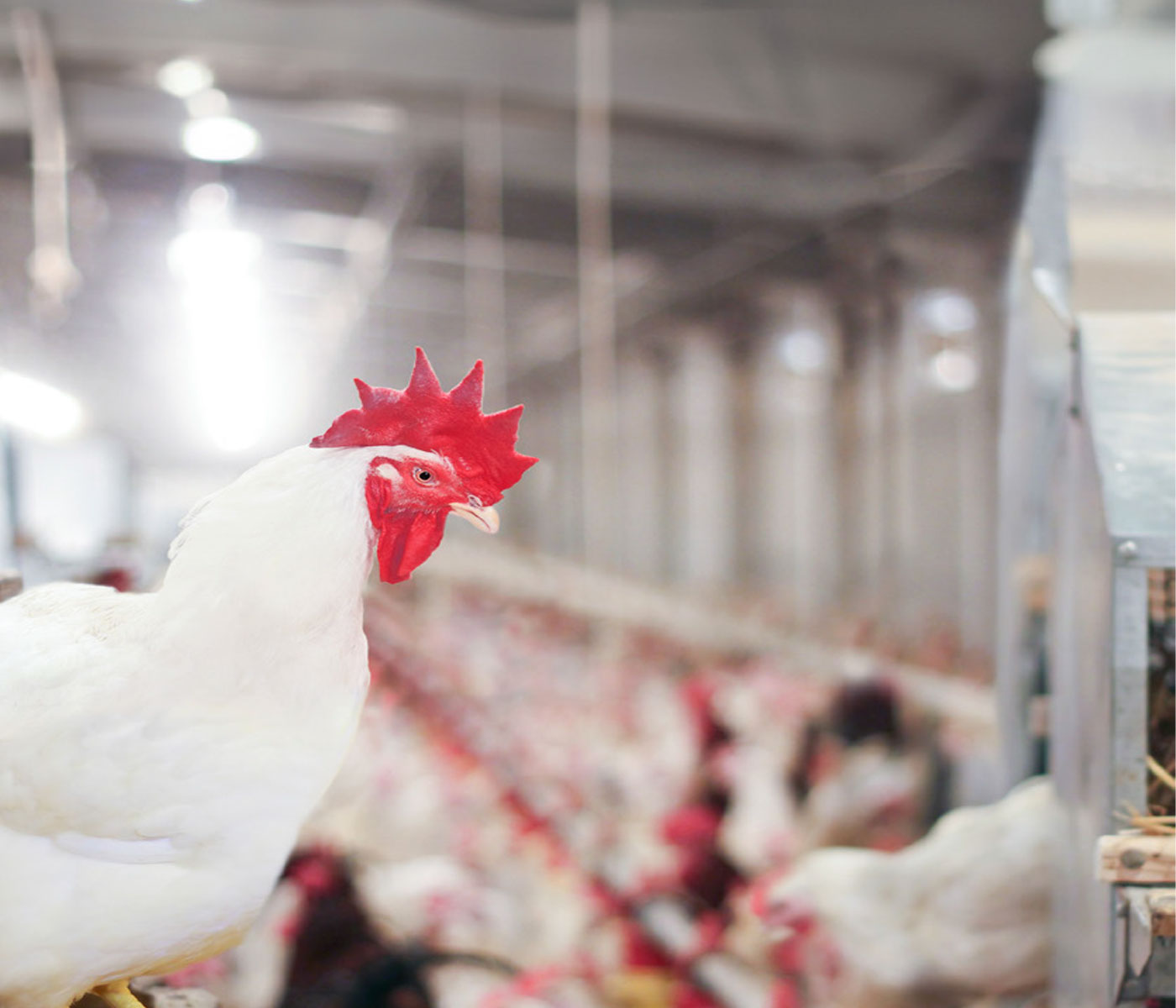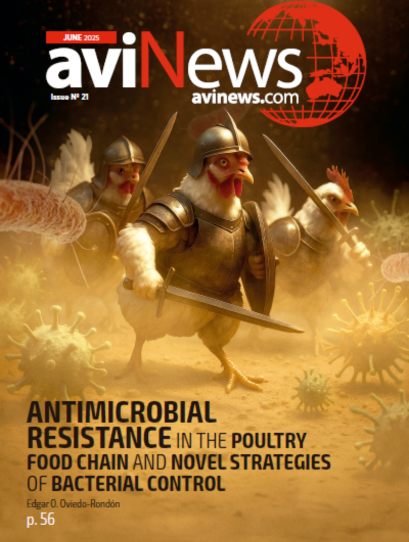Content available at: Indonesia (Indonesian) ไทย (Thai) Tiếng Việt (Vietnamese) Philipino
THE IMPORTANCE OF PERCHES
Perching is recognized as one of the natural behaviors of avian species.
- The importance of perches caused them to be included as a requirement in European regulation.
All laying hens must have access to a minimum of 15 cm perch per hen (Council Directive 199/74/EC).
- Nevertheless, among the European countries, only Switzerland has a national requirement for perches for broilers or broiler breeders.
In many countries, perches are used for laying hens but less frequently for breeder pullets or hens.
In the late 80s, several studies indicated that perches during rearing could reduce the incidence of floor laying in broiler breeders.
- Brake (1987) reported that breeder pullets reared with perched laid 3.6 % floor eggs compared to 8.6 % in the group without perches in one experiment, and in the second trial, the benefit was smaller by 9.7 % vs 12.6%.
- In a commercial trial with grandparents, Appleby et al. (1986) observed that at 30 weeks of age, floor laying was 5 % in breeders that had perches during rearing, while in those that did not have perches, floor eggs reached 11 %.
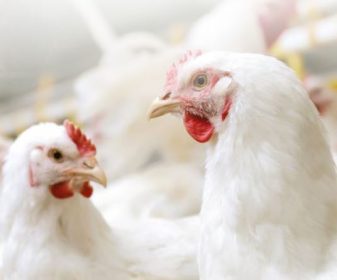
WELFARE CONSIDERATIONS
Due to welfare considerations, perching or roosting in perches has been reviewed in recent years. Still, other potential benefits in leg and footpad health are also of interest, such as:
- Locomotion.
- Reduction of aggression during the day.
- Feather pecking.
- Floor egg laying.
Floor eggs are prone to contamination and, consequently, an additional cause for losses in hatchability and chick quality.
A study conducted by Wolc et al. (2021) concluded that perching and the tendency to lay floor eggs are learned behaviors.
- This indicates that the management and training of pullets and young hens are more relevant to controlling this issue.
- However, this group also found a significant genetic component, confirming the possibility of improving nesting behavior for cage-free systems through genetic selection.
Studies by Gehardt-Henrich et al. (2018) and Brandes et al. (2020) observed that broiler breeders perched more at night, independent of the genetic line.
- Both studies compared fast-growing lines (Ross 308 and Ross 708) with slower growing (Sasso and Ross Ranger).
- Breeders of slower-growing strains roost in perches more during the day but have the same perching behavior at night.
- Vasdal et al. (2022) also observed that Hubbard JA 757 breeder pullets perched more than Ross 308 pullets, and both perched more with age.
A FEW CONSIDERATIONS
- This behavior in breeders increases from a few birds at five weeks of age, reaching a maximum of around 20 weeks, and reducing after 35 weeks.
- The optimum perching space for breeders has been estimated at around 14 cm per bird.
- Many types of perches have been tested for pullet breeders, but no specific preference for perch type or height has been proven.
- The only preference observed is that perches should have heights of at least 5.5 cm over slats or on the floor.
- Pullet breeders can choose to roost on perches, slats, drinking lines and on top of nest boxes if the equipment allows it.
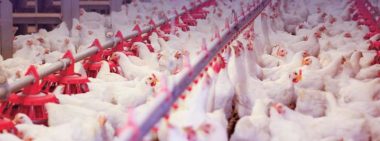
PERCHES vs RAISED SLATS
In older hens, flat, broad surfaces are preferred for roosting.
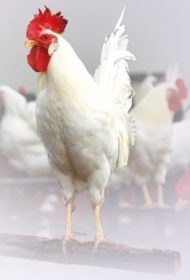
When comparing perches with raised slats for breeder hens, more benefits have been observed for slats.
- Van den Oever et al. (2021) observed that young Ross 308 hens (25 to 31-week-old) in pens with raised slats had lower mating behavior and fewer floor eggs than in pens with slats close to the litter.
- Annemarie Mens and Rick van Emous (2022) reported that 40 to 60-week-old Ross 308 breeder hens roost more on slats (51.5 ± 1.4%) than in perches (23.9 ± 1.2%), drinking lines (11.2 ± 0.7 %), nest boxes (9.2 ± 0.7 %), and litter (4.2 ± 0.8 %).
- They indicated that almost 80% of the hens were observed in the same roosting place in all 20 observations during the 20 weeks of the experiment.
- This data indicates that the broiler breeder hens roost consistently in their preferred place.
- Vasdal et al. (2022) also reported that 20 to 50-week-old hens use perches, but the most popular perches were those placed on elevated slats.
- On average, 6.7 hens perched per meter of perch, then 15 cm/hen are required.
- Roosters seldom use perches.
Perching benefits and issues
- Perching is a natural behavior that should improve leg muscles, bone mineralization and strength, spatial cognition, and reduce fearfulness.
- Nevertheless, more keel bone deformations and fractures are observed in table-egg-laying hens when perches are used in commercial conditions.
- This issue in keel bones was also observed by Gehardt-Henrich et al. (2018) more in Sasso breeders (40%) than in Ross 308 breeders (15%).
- Bigger breast muscles may protect the keel bones of high-yield breeders.
- However, Vasdal et al. (2022) did not observe adverse effects on the bone keels of breeder pullets when using perches.
- In contrast, Mens and van Emous (2022) reported that more severe breast blisters in 60-week-old Ross 308 hens were detected in birds roosting more in the drinking lines and perches than in the slats.
- But the feather cover of hens roosting in the slats was worse than using perches.
- Many studies have observed reductions in footpad dermatitis and bumble foot in breeder pullets and hens with perches. Gehardt-Henrich et al. (2017) noticed that hen mortality was lower in pens with perches during high temperatures.
- However, studies using perches in hens during the laying period have not shown significant effects on floor eggs, egg production, hatchability, or progeny growth traits.
CONCLUSIONS
- Providing perching for breeders may have the perceived welfare benefits.
- The long-term positive impacts on health and reducing floor eggs can be obtained when using them during the rearing phase.
- Yet, other factors, like the adaptation of pullets to the production housing, slat height, uniformity of light intensity in areas without nest, and frequency of floor egg collection in the early phase, play a more significant role in preventing floor egg laying.


